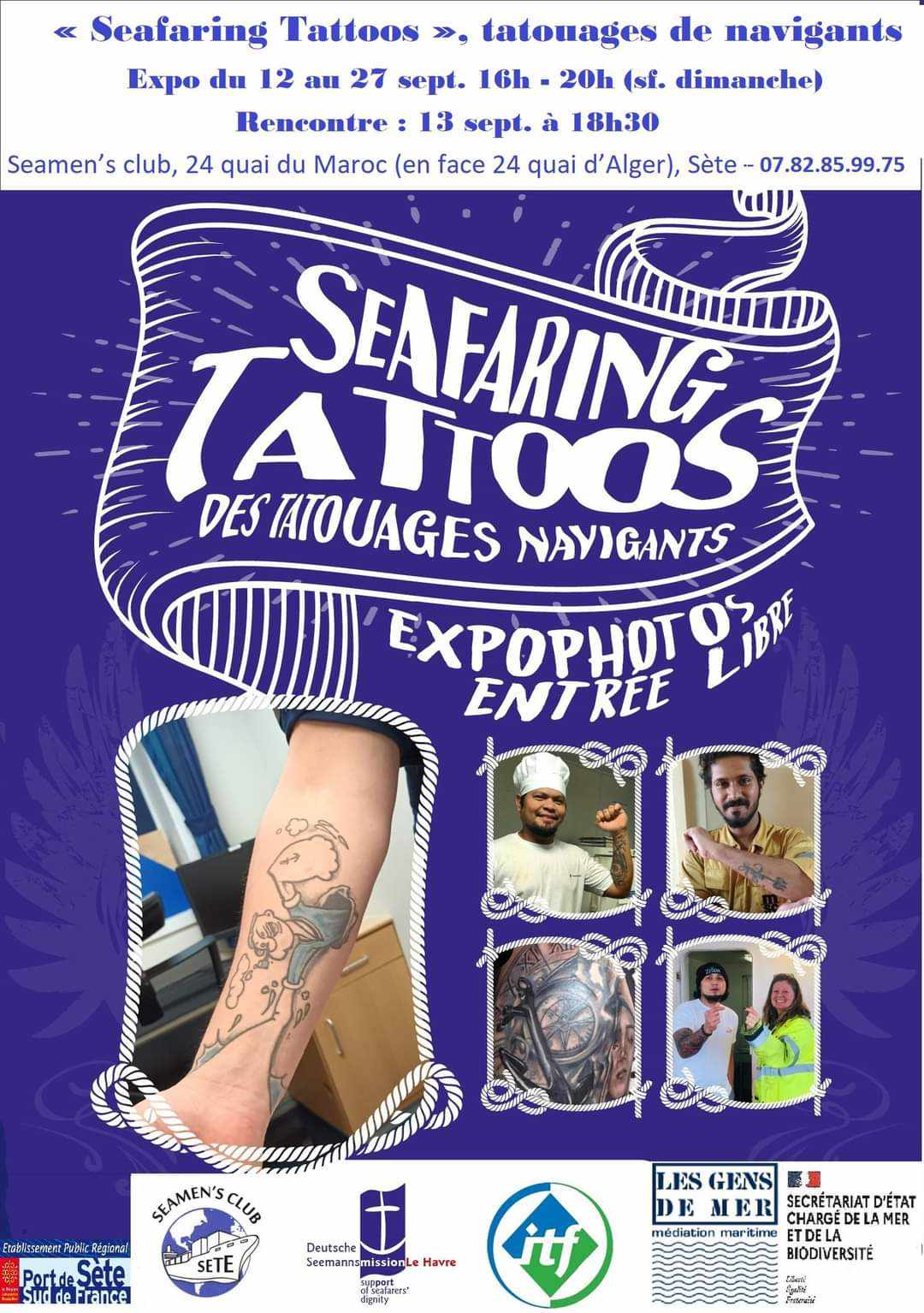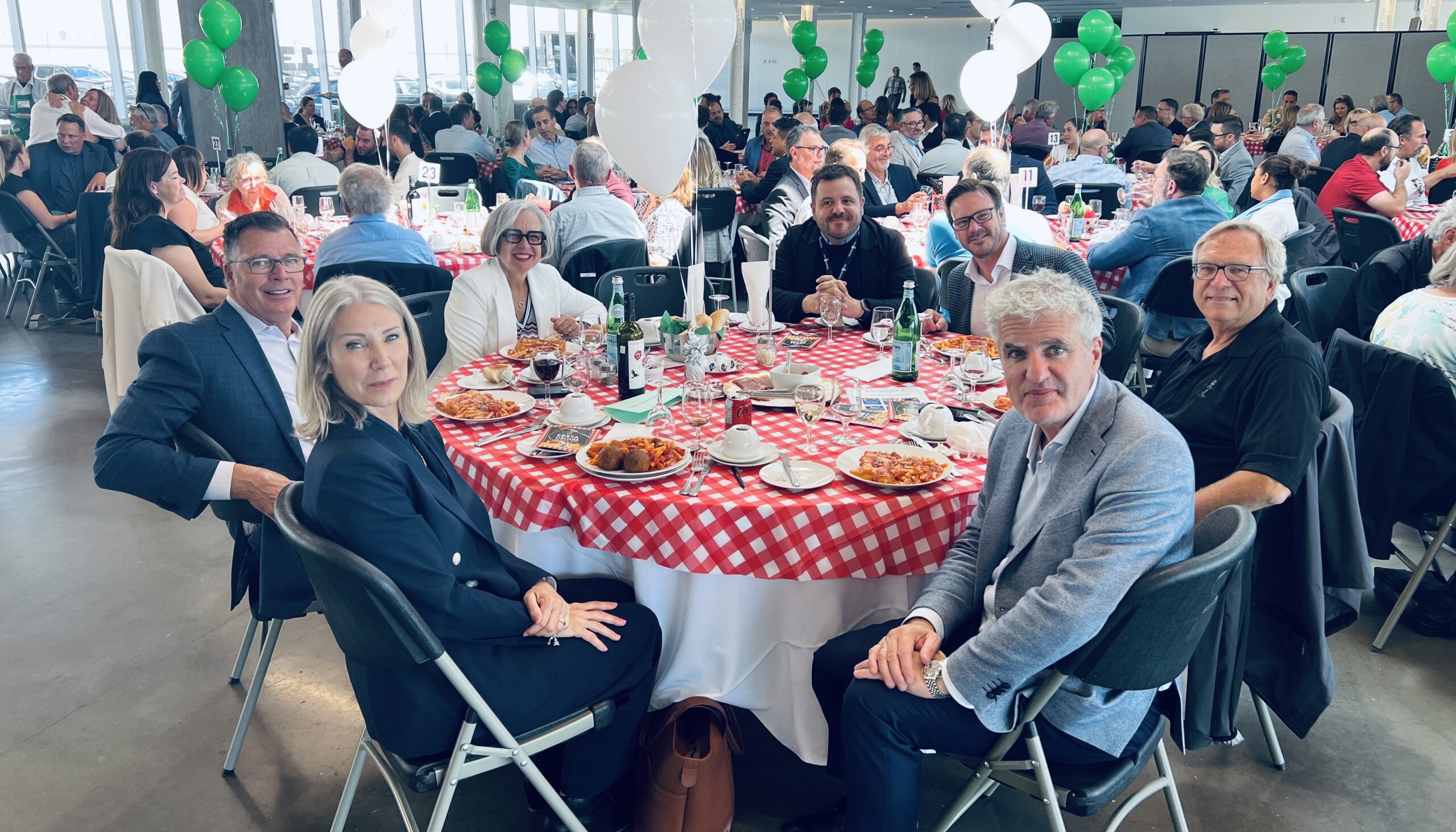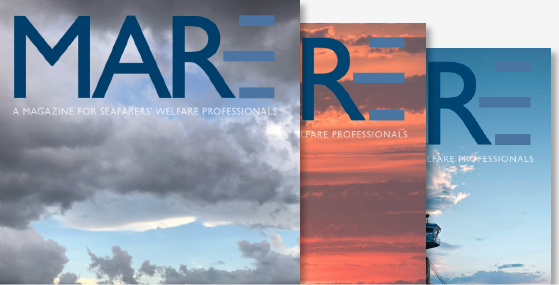by Dr. Jason Zuidema, ICMA General Secretary
As part of the World Conference of the Deutsche Seemannsmission (May 1-5 in Bad Badekesa, Germany), 40 delegates took part in a story-telling workshop. The day-long workshop on May 3 was led by Dr. Anja Timmerman, historian and business coach.
Timmerman’s goal was not to teach a cheap marketing ploy, but rather to show that stories are powerful tools to express to others key aspects in our mission and vision. Stories can make sense of the world, especially when everything seems so complicated.
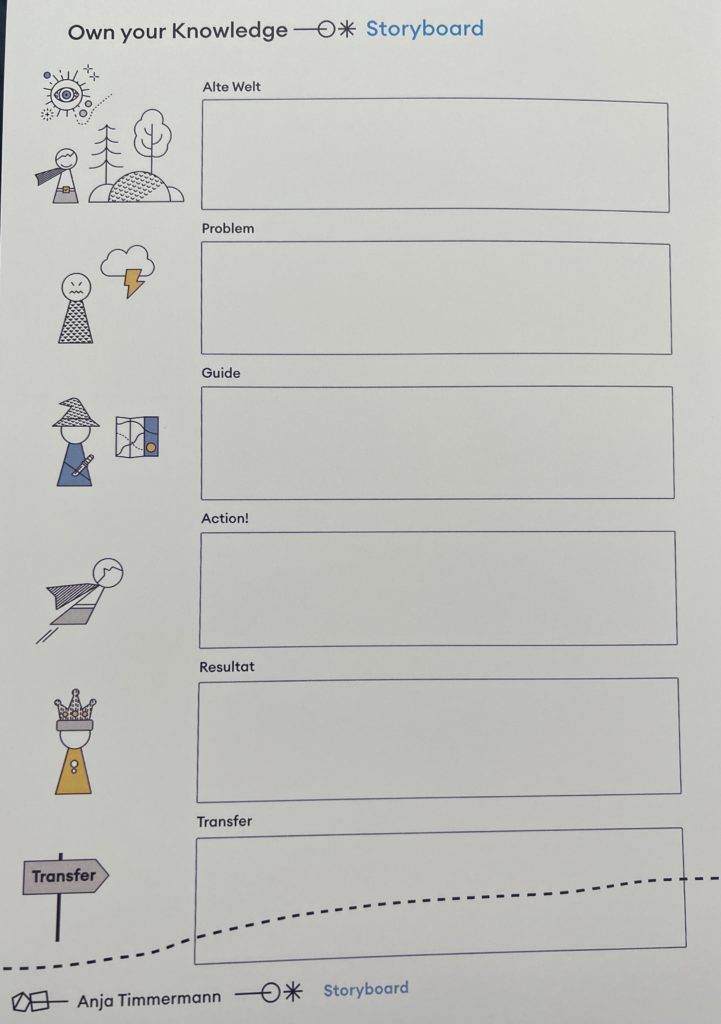
There are many types of stories, but the basic ones need to have a beginning, middle and end. There needs to be some problem that the central characters in the story overcome.
Stories work best when understood at multiple levels. Typically, the best stories are not just about the main action – the knight kills the dragon – but rather also the tension of the inner world of the characters and that relation to a world-sized problem. Timmerman laid three strips of tape on the floor in the teaching room beside each other to elicit the story. As we think about crafting our own stories, it is important to think about those three lines, as stories are most powerful when we also understand how the internal emotions and wider problems are resolved. When the knight kills the dragon, did he also learn something about himself? Did this have a bigger impact on his world?
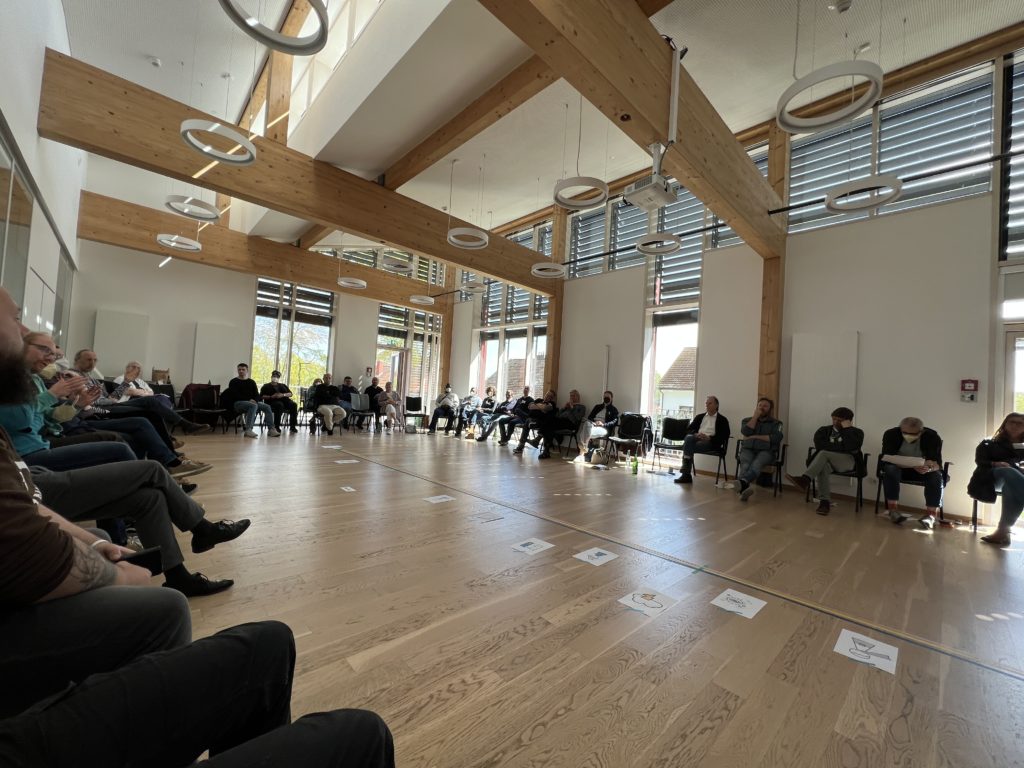
And, typically, at the end of a story, there needs to be some kind of transfer of knowledge. What the main characters learned, so can we.
The practical impact of crafting our stories can be useful for seafarers’ missions of all types. The critical point is to think about what you want your stories to tell people. What ‘transfer of knowledge’ do you want to produce? What call to action? For this, you need to think about the details of your stories, for sure, but also to think about your audience. What medium will you use to share the story? What photo or image could help make the story even more helpful?
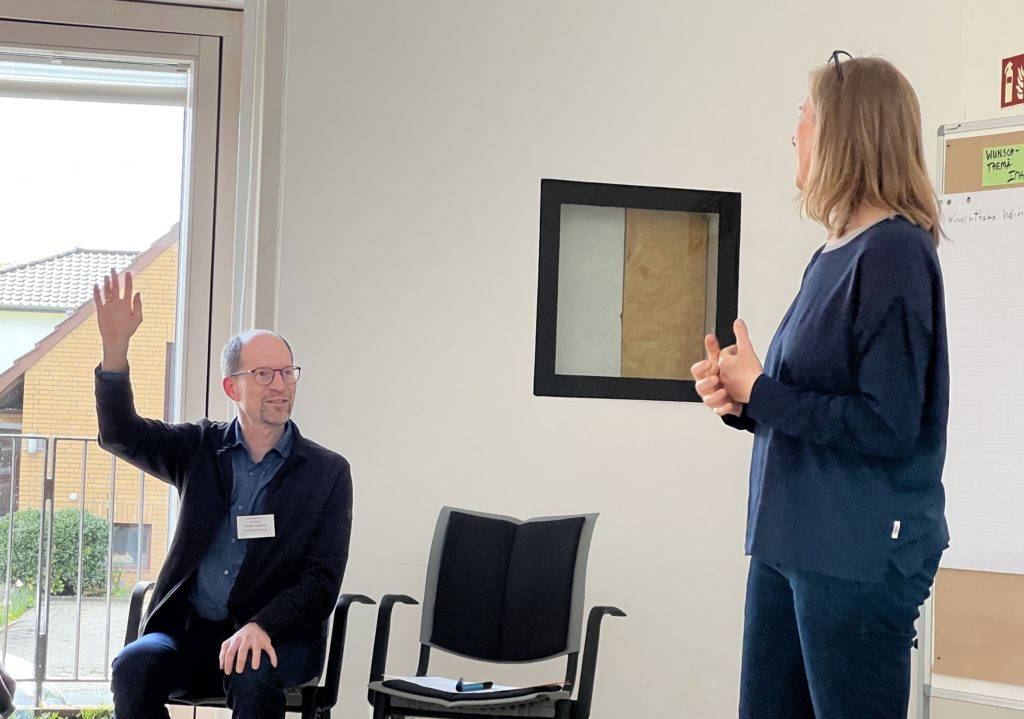
After explaining to participants the power of stories, Timmerman then split those gathered up and challenged each small group to find a story and develop a plan to share the story.
It is one thing to have a good story idea, but another to share it in the most impactful way. For this, practice and critique are important. As an example, Timmerman invited one group to present their story and then went around the full room to get feedback on the story. The true story was about a seafarer who had lost his home because of war in Ukraine. The potentially accompanying image, said this group, was of the front-door key that no longer had any purpose, if possible, even the key of the seafarer himself. The story might help people understand the trauma of loss, being far away from home, and not being able to save your home.
Critique for the story was gathered one-by-one from those around the room. This in itself was good practice – often people with good ideas hesitate to speak, as others speak first. By inviting one-by-one, everyone was encouraged to speak and new ideas were heard. It was very useful to listen to ideas from all corners. As one suggestion, a participant noted that in this case of a seafarer losing his home, the seafarers’ centre took on an even greater role as a “home away from home”. It was this kind of suggestion that really showed the power of Timmerman’s method: friendly constructive critique made the story better and added powerful elements to the original idea that weren’t yet there.
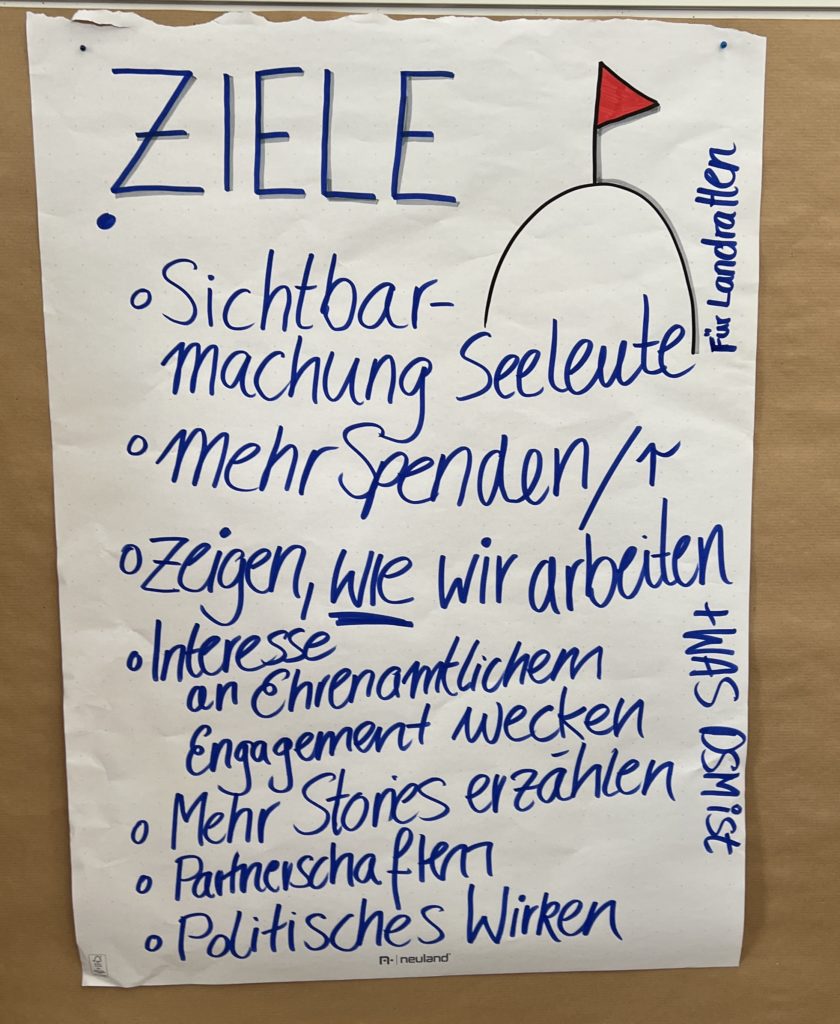
The workshop was useful on several levels. First, it gave participants renewed appreciation of the power of stories. Statistics, data and facts are necessary to share our message, but often they only stay in a potential donor’s mind. Adding a well-crafted story might hit a donor’s heart and persuade them also to reach into their pockets to give financially or, even better, might motivate them to become volunteers.
Most of our social media posts, newsletters, magazines and speeches are full of stories. But, have we taken the time to craft these stories? Do we think not only about what happened but the emotion that we want to evoke and also what impact our stories might have on the wider problems in the world of shipping?
The stories of seafarers need to be told, so that more people might support our work for the dignity of seafarers.
And you, what stories can you tell?


